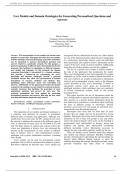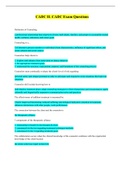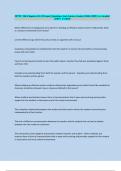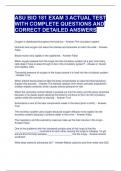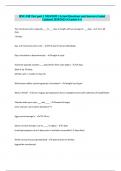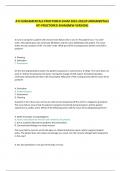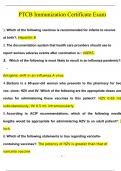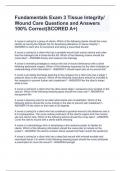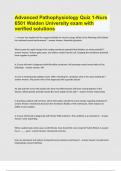Exam (elaborations)
User Models and Domain Ontologies for Generating Personalized Questions and Answers
- Course
- Institution
] P. Brusilovsky and E. Millán, “User Models for Adaptive Hypermedia and Adaptive Educational Systems”, The Adaptive Web, LNCS 4321, 2007, pp. 3 – 53. [2] P. Brusilovsky, “Adaptive Hypermedia”, User Modeling and User-Adapted Interaction, 2001, vol. 11, pp. 87-110. [3] S. Willia...
[Show more]
